What Can Be So Difficult About Measuring Service Levels?
In some recent visits, I have noticed something interesting about the KPI Reports and the calculations used. It appears that some companies report the Fill Rate or Customer Service measure more as a shipment ratio rather than as a metric to measure the customer’s pain.
I see this calculated as the total quantity shipped over the month compared to the total quantity ordered during the month. In other words this is a ratio of shipments to orders. Does this really measure true service level?
Best-in-class methods suggest that we measure performance on-time and in-full either at the line item level or complete order level. There is also another school of thought that discusses the Part-fill Rate or the Partial Fill Rate.
The Classic measure is the Line Fill Rate which measures the number of Lines filled complete to the Customers Requested Demand Quantity (CRDQ) and completed on time to the customers Requested Delivery Date (CRDD) over the total number of lines ordered in a period. The LFR can be calculated over any period whether weekly or monthly.
When you weight the LFR with the number of units shipped or cases, then you have the ULFR or UFR (Unit Fill Rate). When this is weighted by Price and Units then you have the Dollar Line Fill Rate or DFR.
Now the part Fill Rate measures partial fills. As the word Part implies, you take credit for partial filled orders. If you fill an order 80% quantity then you get no credit if you use the traditional LFR.
Let us see the following examples:
1. You ship 80% of the Order quantity in the first shipment on time with in the CRDD. The balance is shipped in the second shipment after a week. Your Part fill rate is 80%.
2. You ship 100% of the Order quantity always one to two days later than the CRDD. Your Part fill Rate is 100%.
Some companies use a variation called the Fill Rate. This measures the ratio of quantity filled to the total quantity ordered. If you shipped the order completely whether late or on time, whether in multiple shipments or in one shipment, this this will be considered a fill.
You will get less than 100% fill rate only on those items that have an acute shortage during the month. Otherwise, your fill will be 100%.
In all of the above cases, the LFR is 0%.
Is it difficult to measure and report the LFR? No. Data and systems are available to to do this correctly. This entire measurement process can be outsourced to a third party provider that will help you analyze and publish score-cards on the cloud. Demand Planning Net offers such a service to customers through a secure intranet portal.
However, companies like the Part fill rate since it allows you to portray your supply chain better than what it is.
Does it hurt to use the Part fill rate? Yes. It simply does not allow you to diagnose the true performance and hence the true drivers that are hurting the supply chain. IF you don’t know it you cannot fix it.
From a different angle, it also does not allow you to understand the costs of partial deliveries. Handling the order multiple times result in a variety of costs – customer service, deployment, accounting, billing as well as transportation. IT may affect the assortment planning of your customer.
When you increase the uncertainty of your fill rate to your customer, they have to hedge in the form of inventory strategies. If things become chaotic and if they have an alternative supplier, then it is bad for business. You may lose the customer.
Sales and Marketing functions do not like anything less than 100% fill for obvious reasons – now the Part fill rate helps calm the tensions between Marketing and Supply Chain as Marketers do not always understand all these calculations. In the long-run, when they start to realize that product is not always available when they are trying to promote, they will know that this 100% fill rate calculation is some what engineered rather than truly measuring the fill rate performance of the supply chain.
When there is uncertainty with respect to product availability or when there is poor supply visibility, then business strategies will start to change. Your selling and marketing campaigns are not that strong when you are faced with poor supply visibility.
Demand Visibility is important. So is Supply Visibility!
Please visit http://demandplanning.net/consulting.htm to know about our services offerings at DPLLC.
Follow Us to keep updated on our regular content in the SCM space –
Facebook | Twitter | Instagram | Youtube | Linkedin
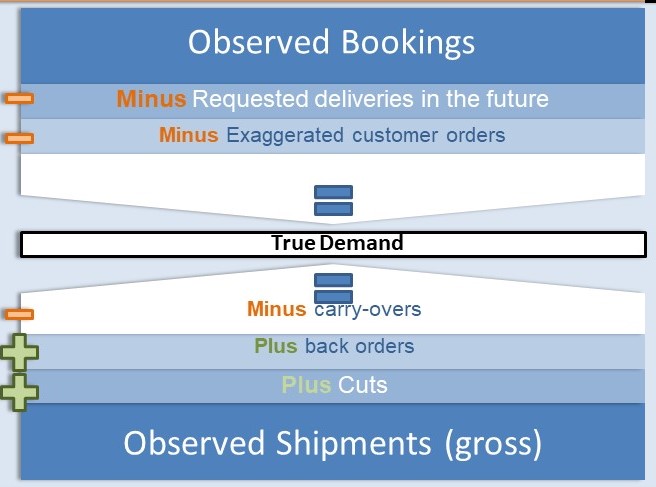

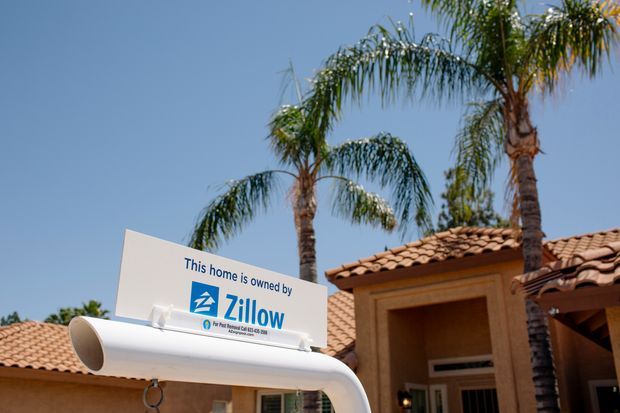



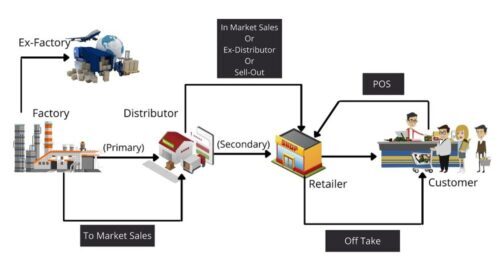
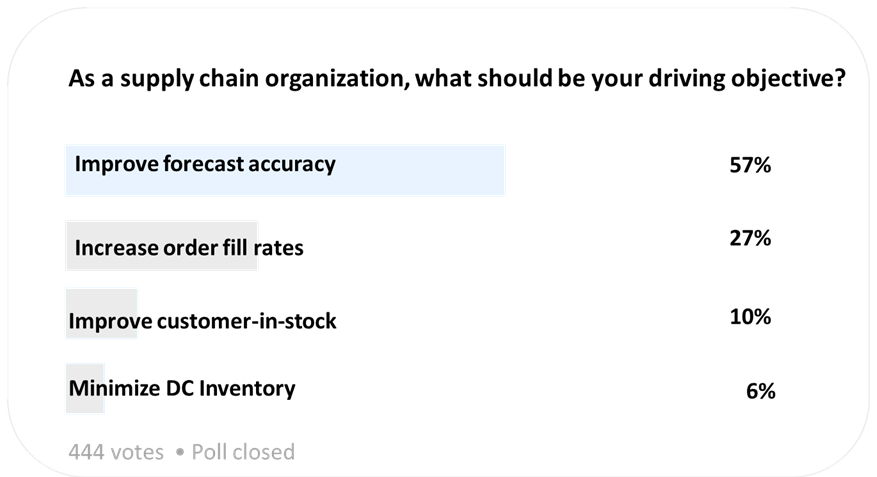

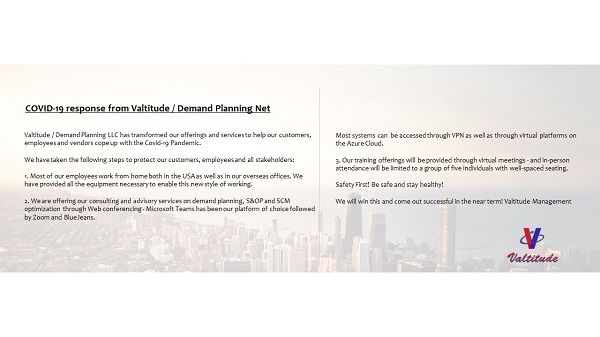

Measuring customer service performance is not easy but crucial for any business owner. It’s possible to arrange trainings for support managers, adopt the digital tools to automate some processes and to put into practice some key metrics such as first resolution time, etc. Take a look at the newest Mikkel Andreassen’s post at https://blog.tmetric.com/8-key-customer-service-productivity-metrics/
Insightful!